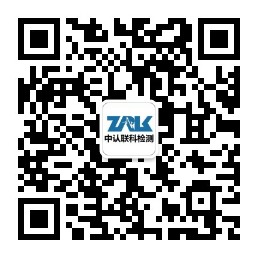<small id="wg64m"></small> On May 15, 2020, the European Commission issued the European Commission Executive Decision (EU) 2020/6591 to harmonize the standard EN IEC 63000:2018-Evaluation of technical documents related to the restriction of hazardous substances in electrical and electronic products (IEC 63000:2016), It replaces the technical document harmonization standard EN 50581:2012 to ensure compliance assessment of the 2011/65/EU (RoHS 2) directive. The previous EN 50581:2012 standard will be withdrawn on November 18, 2021.
On July 21, 2020, South Korea KC issued a new announcement 2020-0138, which officially established and abolished the Korean battery standard.
The basic requirements for the transportation of lithium batteries: (1) Lithium batteries and lithium battery packs are classified as Class 9 dangerous goods; (2) All lithium batteries (groups) must pass the UN38.3 test; (3) Some Class 9 dangerous goods Exceptions are provided for the transportation of lithium batteries; (4) Strict restrictions on transportation samples; (5) Restrictions on daily-use lithium batteries carried by passengers; (6) Restrictions that all defective or damaged batteries are prohibited from being transported.
Types of batteries tested: nickel-metal hydride batteries, nickel-cadmium batteries, alkaline manganese batteries, fuel cells, dry batteries, button batteries, lithium ion batteries, mobile phone lithium batteries, import and export batteries, notebook batteries, and two batteries containing alkaline or non-acid electrolytes Secondary cell; Test items: impact test, height simulation test, overcharge test, temperature test, forced discharge test, external short circuit test. Impact test, vibration test.
As the consumer electronics market continues to be hot, the lithium-ion battery market is developing rapidly. Not only is the scope and number of applications expanding, but the energy of a single battery is also increasing. And the explosion of lithium battery safety accidents has caused people to pay more and more attention to the safety of lithium batteries.
The standards of battery products, especially safety standards, are an important basis for quality and an important means to regulate market order and promote technological progress. This article mainly introduces and summarizes the existing common standards at home and abroad, and briefly discusses the problems in these standard systems.
Recently, South Korea revised the \"Electrical Appliances and Household Products Safety Management Law\" to include button dry batteries for the first time in the scope of KC certification control. This regulation will take effect on November 15, 2020, and its control scope includes cylindrical batteries and button batteries. At the same time, if the terminal product contains cylindrical batteries and button batteries, the batteries used must also be certified by KC before they can be sold in the Korean market.
There are many types of batteries, including rechargeable batteries, disposable batteries, button batteries, and solar batteries. Although the battery is inconspicuous, it still has a high safety risk. There are many items that need to be tested during battery detection, especially when the battery is exported to foreign countries for IEC certification standards, the battery safety indicators need to be tested to ensure The batteries that everyone is using and exporting will not cause hidden safety hazards and malfunctions for users. Safe and high-quality batteries will not only be popular in the country, but also quickly open up foreign markets and become popular in foreign markets.
Learn the latest exciting content
